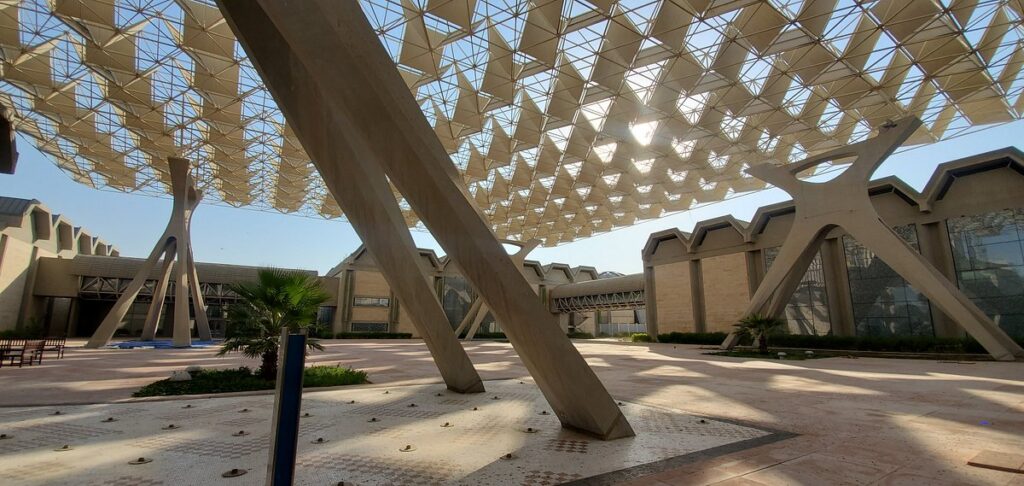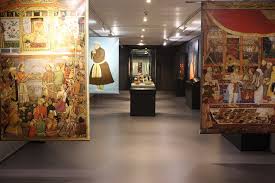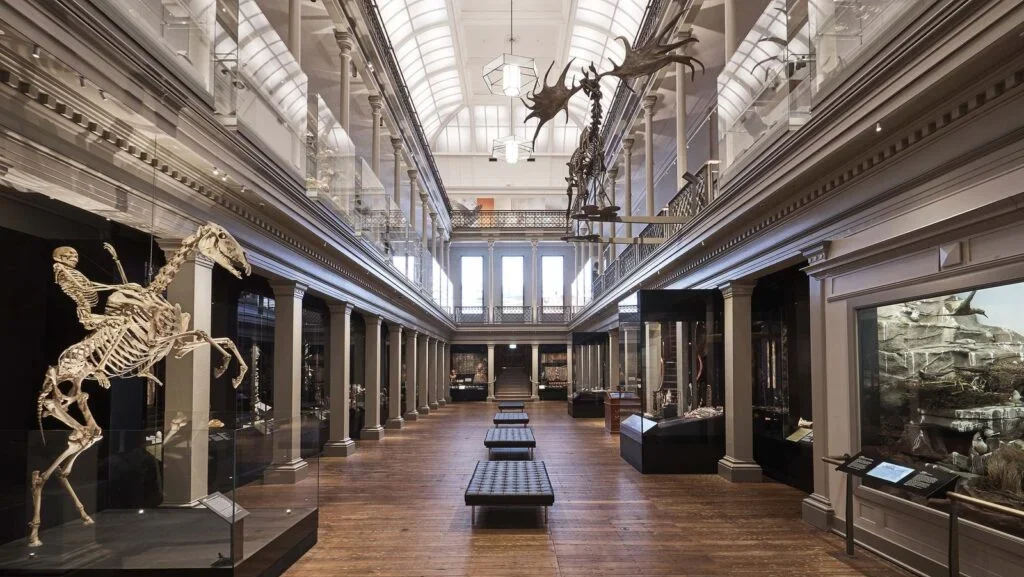Museums are more than just buildings filled with artifacts. They are living stories that connect the past to the present, preserving the essence of a nation’s identity. In Kuwait, a country with a rich history shaped by trade, oil, and diverse cultural influences, museums play a pivotal role in safeguarding cultural heritage. They are places where history, art, and tradition come alive, offering generations a tangible connection to their roots.
Kuwait’s cultural landscape has evolved over centuries, reflecting the lives of its people, their customs, and their resilience. From the Bedouin heritage to maritime traditions, from artistic expressions to modern innovations, museums provide a sanctuary where these treasures are preserved, studied, and celebrated.
Kuwait’s Historical Tapestry
Kuwait’s history is woven with stories of seafaring merchants, pearl divers, and nomadic tribes. Museums serve as windows into these past lives, offering visitors an opportunity to experience the nation’s journey through time. Artifacts like ancient tools, traditional garments, and maritime relics narrate the stories of ordinary people whose lives laid the foundation for the country’s modern identity.
By preserving historical artifacts, museums ensure that the collective memory of Kuwait remains alive. These institutions are crucial for teaching younger generations about their heritage, instilling a sense of pride and continuity. The stories encapsulated within museum walls help citizens understand the struggles and triumphs that shaped the nation.
Showcasing Kuwaiti Art and Creativity
Art has always been an integral part of Kuwaiti culture. Museums in Kuwait celebrate local artists, offering a platform to showcase creativity inspired by tradition, nature, and social changes. Paintings, sculptures, calligraphy, and contemporary installations form bridges between the past and the present.
Through curated exhibitions, museums highlight the evolution of Kuwaiti art, providing context for how societal values and cultural influences have shaped creative expression. These artistic endeavors not only preserve cultural identity but also inspire future generations of artists, fostering innovation while maintaining a connection to roots.

Education and Cultural Awareness
One of the most significant roles of museum is education. Beyond displaying artifacts, museum in Kuwait serve as learning centers that engage the public in interactive experiences. Workshops, lectures, and guided tours allow visitors to explore cultural heritage in an immersive way.
Educational programs tailored for schools and universities help young people understand their national identity. Museum encourage curiosity, critical thinking, and appreciation for heritage. By connecting history with tangible objects, museums make learning a dynamic experience, reinforcing the importance of preserving cultural legacy.
Strengthening National Identity
Museums contribute to shaping and strengthening a sense of national identity. In a rapidly modernizing world, it is easy for cultural practices to be overlooked or forgotten. Museums act as guardians of collective memory, reminding citizens of the values, traditions, and achievements that define Kuwait.
Cultural exhibitions celebrate national milestones, festivals, and customs, creating a shared space where people from diverse backgrounds can engage with the nation’s story. This sense of belonging fosters unity and pride, emphasizing the importance of preserving heritage as an essential part of national identity.
Preserving Maritime and Pearl Diving Traditions
Kuwait’s maritime history, particularly pearl diving and trading, holds immense cultural significance. Museums dedicated to maritime heritage preserve artifacts such as traditional dhows, diving equipment, maps, and trade records. These collections highlight the ingenuity, resilience, and hard work of past generations.
By showcasing maritime heritage, museums provide insights into how Kuwait’s economic and social structures were historically shaped. Visitors can experience the daily lives of pearl divers, merchants, and sailors, gaining a deep appreciation for the country’s relationship with the sea and the challenges faced by those who depended on it.
Promoting Cultural Tourism
Museums are vital for cultural tourism, attracting visitors from around the world who seek to understand Kuwait’s rich heritage. A well-curated museum experience not only educates but also creates a sense of wonder and fascination. Tourists are drawn to the authenticity and depth of cultural narratives, experiencing a nation’s identity through its preserved artifacts and exhibitions.
Cultural tourism supports economic growth while fostering global awareness of Kuwait’s traditions. By presenting the nation’s heritage in engaging and accessible ways, museums become ambassadors of Kuwaiti culture on an international stage.

Safeguarding Oral Traditions and Folklore
Kuwaiti culture is rich in oral traditions, including poetry, storytelling, and folklore. Museums play a key role in recording, preserving, and presenting these intangible cultural expressions. Audio recordings, video documentation, and interactive displays allow visitors to experience the richness of Kuwait’s oral heritage.
Through these efforts, museums ensure that traditional stories, songs, and customs are not lost to time. They preserve the voices of the past while offering a platform for contemporary reinterpretation, allowing culture to remain dynamic yet rooted in tradition.
Challenges in Preservation
Preserving cultural heritage is not without challenges. Climate conditions, urban development, and limited resources can threaten the integrity of historical artifacts. Museums in Kuwait continuously work to implement conservation techniques, digitization, and innovative display methods to protect their collections.
Collaboration with international institutions and experts enhances the ability to safeguard fragile items and maintain high standards of preservation. These efforts ensure that Kuwait’s cultural treasures remain accessible and protected for future generations.
Engaging the Community
Museums are not just repositories of the past; they are active participants in the community. By hosting cultural events, workshops, and festivals, museums foster community engagement and participation. Citizens are encouraged to contribute stories, artifacts, and ideas, creating a collective effort to preserve heritage.
This engagement strengthens the bond between museums and the public, making cultural preservation a shared responsibility. It also ensures that museums reflect the diverse experiences and perspectives that constitute Kuwait’s cultural identity.
The Future of Museums in Kuwait
Looking ahead, museums in Kuwait are evolving to meet the demands of a digital age. Virtual tours, augmented reality experiences, and interactive digital exhibits make heritage accessible to a wider audience. Technology enhances the way stories are told, allowing visitors to engage with history in innovative and immersive ways.
The future of museums lies in balancing tradition with innovation. By embracing modern tools while honoring the authenticity of cultural artifacts, museums can continue to inspire, educate, and preserve Kuwait’s heritage for generations to come.
Conclusion
Museums in Kuwait are more than just spaces that store objects they are guardians of the nation’s identity, storytellers of its history, and educators of its people. Through preserving art, history, folklore, and maritime traditions, these institutions provide a bridge between the past and the present.
By fostering cultural awareness, promoting tourism, and engaging communities, museums play a vital role in safeguarding Kuwait’s legacy. They remind us that heritage is not merely a collection of artifacts but a living, breathing connection to our roots. In celebrating and preserving this legacy, museums ensure that the stories of Kuwait continue to inspire and resonate for generations, creating a future where cultural pride and identity thrive.
Do follow Gulf Magazine on Instagram.
Also Read – How Poetry Inspires Kuwaiti Literature: Tradition, Creativity, and Culture



